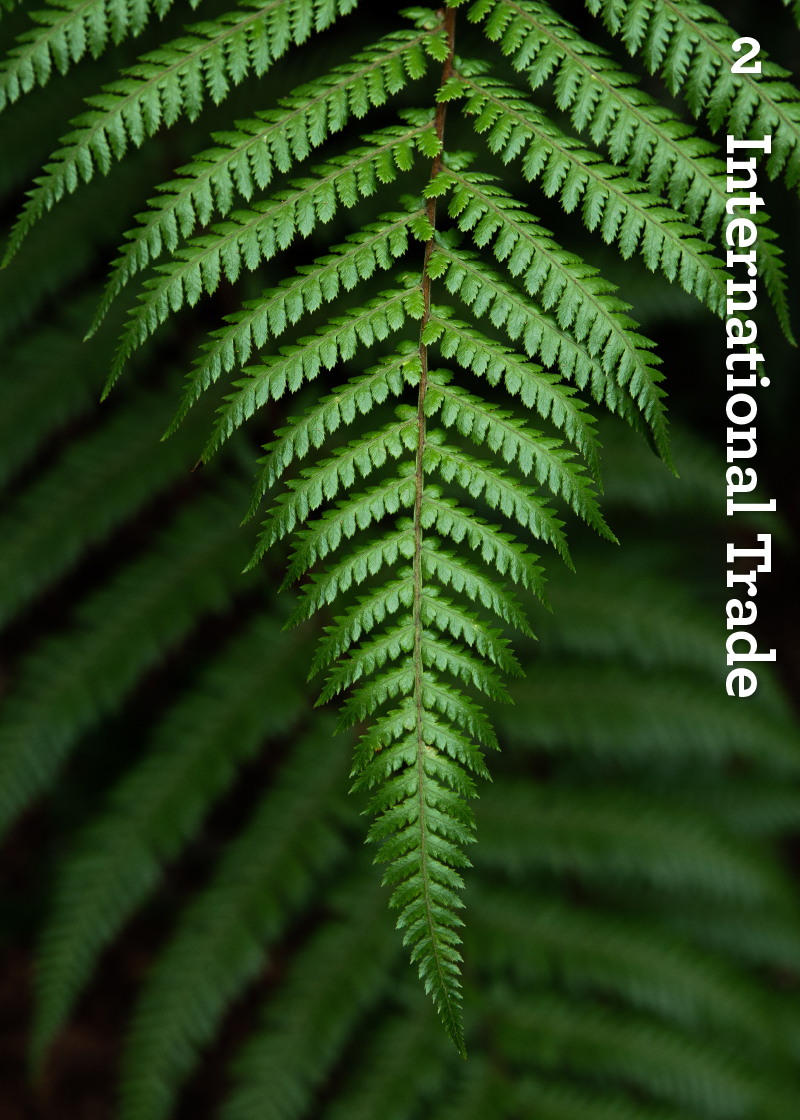Irrespective of whether you are an importer or exporter, Covid has disrupted the supply chain in a way that demands you have access to reliable information and that you are connected to networks that assist with sound decision-making for your international trade direction.
New Zealand is a vibrant trade dependent economy. Our success is built on a history of innovative businesses exporting niche products, services, and solutions from every sector to every market around the globe. The tyranny of distance has been overcome with innovation from within the supply chain and the creative marketing of goods and services that the world has demonstrated it needs.
For the year ended June 2021 Statistics New Zealand reported a trade deficit of $252 million, reflecting an increase in import volumes and a steady rise in the cost of imports. Against this New Zealand’s exporters maintained higher export volumes.
New Zealand’s top five trade partners – China, Australia, United States, Japan and Korea – accounted for 64 percent of New Zealand’s global total trade in goods.
2022 is set to be one of challenges and opportunities as importers, exporters and manufacturers realise the compounded impacts of closed or constrained borders for our markets.
Costs within supply chains are likely to only increase and the ability to move technical staff and resources will also have an impact on New Zealand’s competitiveness, along with supplier shortages and in some cases supplier closures.
The ability for our international trade sector to continue to show positive results will certainly be under pressure.
New Zealand is a supporter of free and open trade and has one of the most open market economies. By contrast most other countries exercise controls at their border for revenue collection (duties), to regulate volume of imports or to protect local producers (quotas) and to ensure compliance with domestic product safety regulations (product registration). Through Free Trade Agreements (FTAs) New Zealand enjoys an advantage in respect of duty rates and some mutual recognition of standards in partner countries. However, quota allocations remain limiting for the primary sector.
On 1 January 2022 the Regional Comprehensive Economic Partnership (RCEP) came into force. Whilst much of the benefit of New Zealand’s newest FTA will lie in the future, RCEP will facilitate reduced duties for New Zealand’s exports across its existing Free Trade Agreements (ASEAN, Australia, China, Japan and the Republic of Korea).
Product registration procedures in import markets can be complex for many exporters more used to New Zealand’s consumer law control of product safety. While making a quick trip to ‘sort things out’ in person is not currently an option, exporters should allow additional time to complete registration, if necessary calling on support from New Zealand’s local trade representatives.
This is an extract of the chapter. You can buy a print copy of the handbook here or a digital copy here


